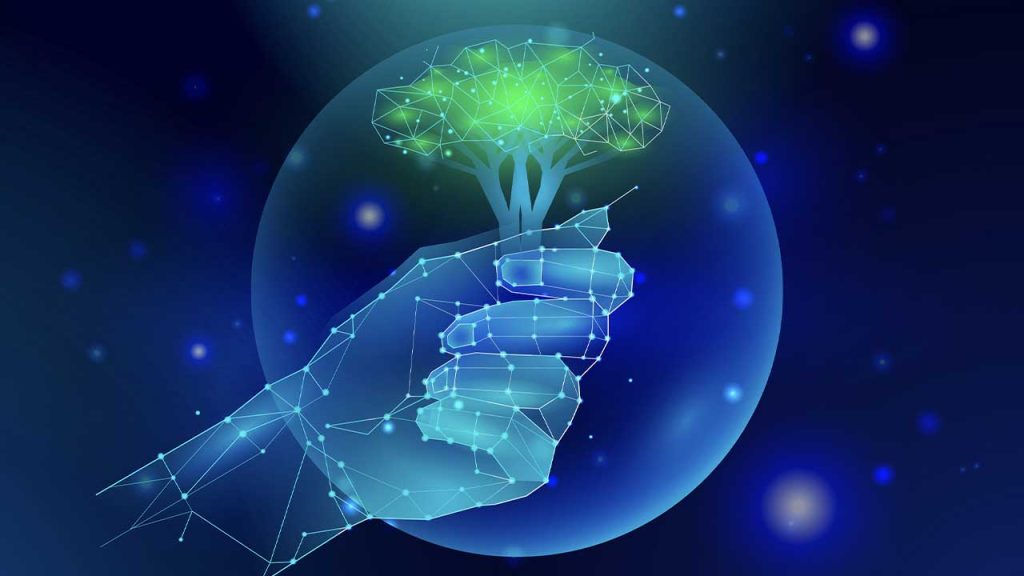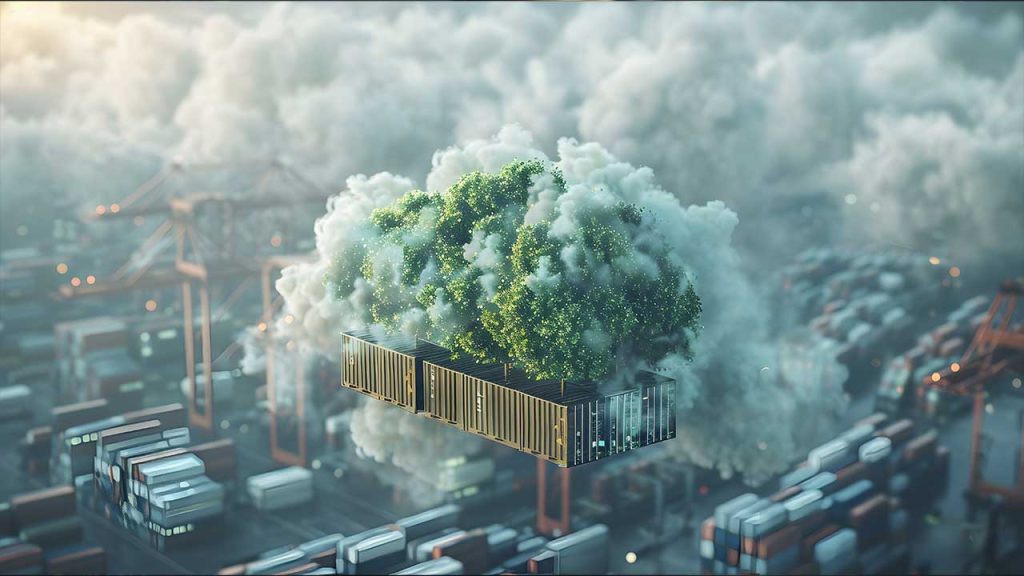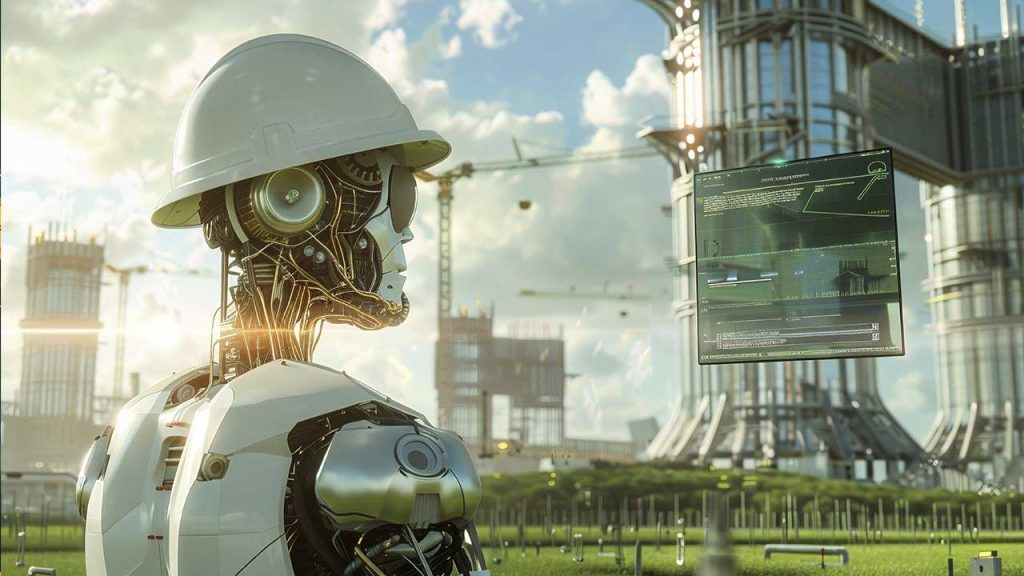From Waste to Intelligence: AI’s Role in Powering the Circular Industrial Economy
As industries race to meet sustainability targets, a quiet shift is taking place—one that moves beyond net-zero goals and toward circular economy thinking. No longer just a compliance checkbox, circularity is becoming a competitive advantage. And increasingly, AI is the engine, making it viable at scale.
Today’s linear production models—extract, make, dispose—are no longer tenable in a world facing material shortages, regulatory pressure, and rising customer expectations. Circularity flips the model: minimize waste, reuse resources, optimize life cycles. But this shift is complex. It requires granular visibility into supply chains, advanced forecasting, and real-time decision-making capabilities that AI is uniquely positioned to deliver.
AI Enables Circular Intelligence
In the circular model, manufacturers don’t just build products—they manage them throughout their lifecycle. This means tracking parts, predicting failure points, optimizing recycling processes, and identifying recoverable materials. AI, paired with IoT and sensor data, can sort recyclables with precision, predict optimal maintenance intervals, and guide reverse logistics flows.
Recent advances in image recognition and machine learning are already being used in waste management facilities to distinguish between recyclable and non-recyclable materials in real time. This goes beyond operational efficiency—it’s about recovering value from materials that would otherwise be lost.
Designing for Circularity Starts With AI
Product development is also being transformed. AI can simulate material choices, forecast carbon impact, and even suggest more sustainable alternatives before a product is ever built. In supply chains, AI models can identify sustainable vendors, optimize transportation routes, and lower emissions—all while keeping cost and delivery performance intact.
Rather than adding sustainability at the end of the process, manufacturers can now design it in from the beginning—with AI playing the role of a decision accelerator.
Scenario Modeling for a Volatile World
Another emerging application: using AI-generated synthetic data and simulation tools to model what-if scenarios. How would a shift to bio-based packaging affect emissions? What’s the impact of localized sourcing on water usage? AI allows industrial teams to test circular strategies virtually, reducing risk before large-scale deployment.
Sustainable AI Itself Must Be Accountable
Of course, as AI’s role in circular economy efforts grows, so does its own footprint. Training large models and scaling AI infrastructure consumes significant energy. The path forward requires a dual mindset: AI for sustainability and sustainable AI. That means smarter model architectures, green data centers, and transparency in how models are used and powered.
Circular Isn’t Optional Anymore
Manufacturers that embrace circular models are finding new revenue streams and tighter customer relationships. AI isn’t just helping them get there—it’s making circularity operational, measurable, and scalable. And as pressures mount to deliver on ESG promises, AI-enabled circularity may prove to be one of the most impactful levers industrial companies can pull.
This article was written based on the insights shared during the live session “AI Innovations Driving the Future of Sustainable Industry”, part of IIoT World’s AI & Sustainability Day 2024.
Related articles:



